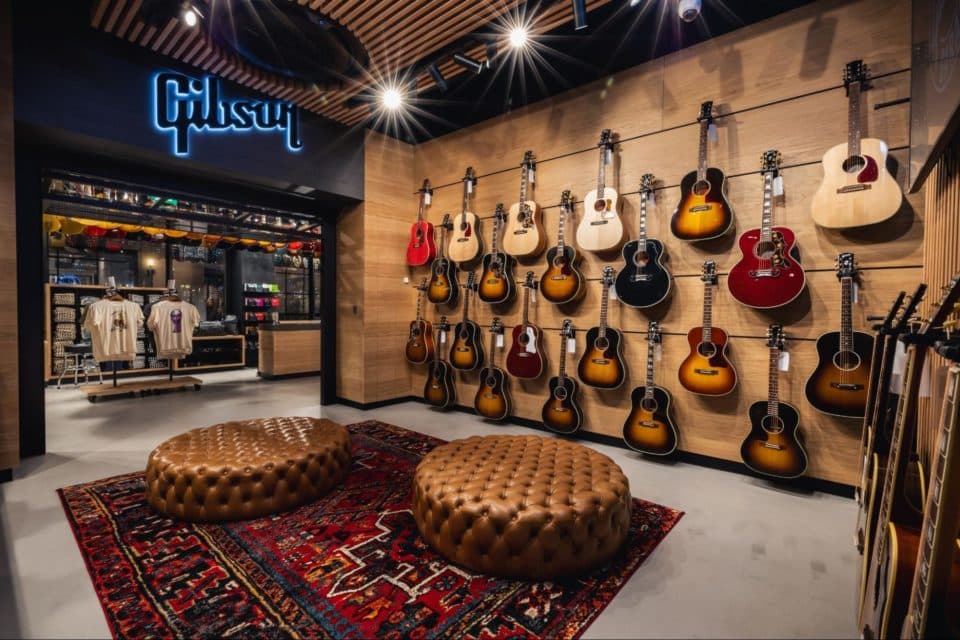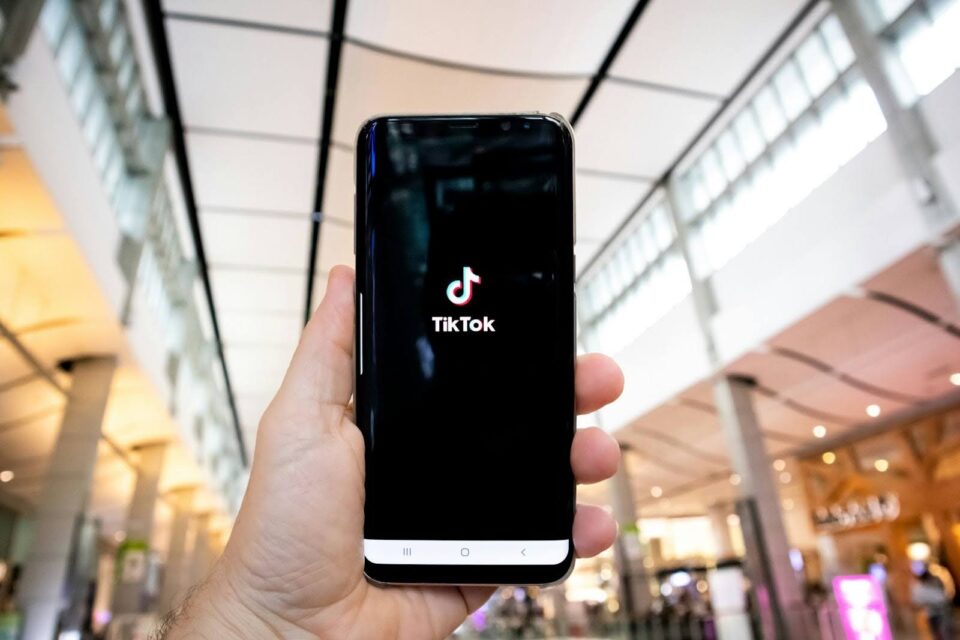CloudTags: creating digital retail experiences in physical stores
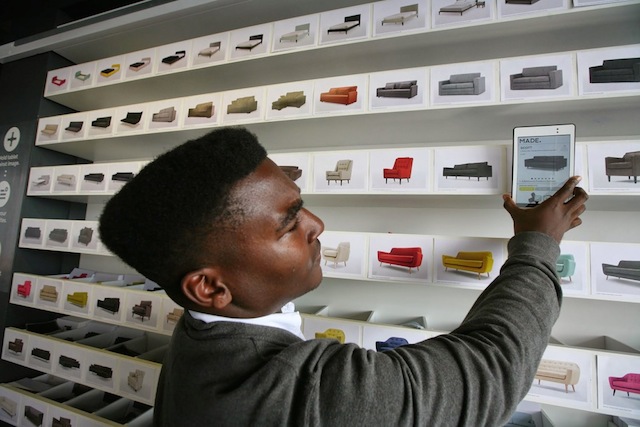
While we’ve all, no doubt, been nudged to buy something from an Amazon recommendation, how can that experience be replicated in a physical store? CloudTags answer that need, offering tech that not only helps the retailer better understand their customer, but help them engage them too and therefore – most importantly – resulting in more sales.
Companies applying their tech include the likes of Harvey Nichols, Heal’s and Made.com. We spoke to Ollie Bath, CloudTags Co-Founder and UK Managing Director, to find out more and discover why he believes customer experience should always be balanced with providing value to the brand.
Can you explain what CloudTags does in a nutshell?
CloudTags creates connected stores. We work with retailers to create valuable digital experiences for their customers in their physical stores.
Our systems enhance the in-store customer experience. They also tell retailers who customers are and how interested they are in different products. Retailers can then use this data to engage with the customer in meaningful ways, whether it’s back online or back in the store.
So how do you create these valuable digital experiences?
There’s a few different ways – one of them is providing the customer with a tablet in-store, and tagging the store’s products with NFC chips.
Customers can use the tablet to tap products and access meaningful content, whether it’s product information, inventory levels, product reviews or videos. They can then create a list of all the things they’ve liked in store and email that to themselves, so they can revisit and review items from home later on.
The email functionality gives customers a reason to enter their email address into the tablet. This is used as a unique identifier that can capture in-store browsing intent better at the product level. It can also be used to get a better understanding of that customer’s online and offline interactions and behaviour.
What about the benefits of CloudTags’ systems in a nutshell?
CloudTags is about more than just putting tablets into store. It’s about creating a new marketing channel for retailers.
A huge amount of untapped opportunity sits in stores, especially for stores selling bigger ticket items. When someone walks into a supermarket, they’ll almost certainly buy something – a pint of milk at the very least. But for stores selling bigger, more expensive items that require more consideration, the in-store conversion rate isn’t as good.
CloudTags really helps retailers understand who the 90% of people are who walked into their store and didn’t buy. All those people are warm leads. Once they’ve walked into a store and looked at things, they’ve expressed an intent. CloudTags helps retailers capture that intent and keep in touch with customers so they convert further down the line. It turns the retail store into a marketing channel that captures leads. It turns the store into a place that builds customer retention marketing.
It’s best if the brand offers the customer something of value first, before asking them to opt in. You show the customer they can get something exciting if they give their email address – that’s a lot more persuasive.
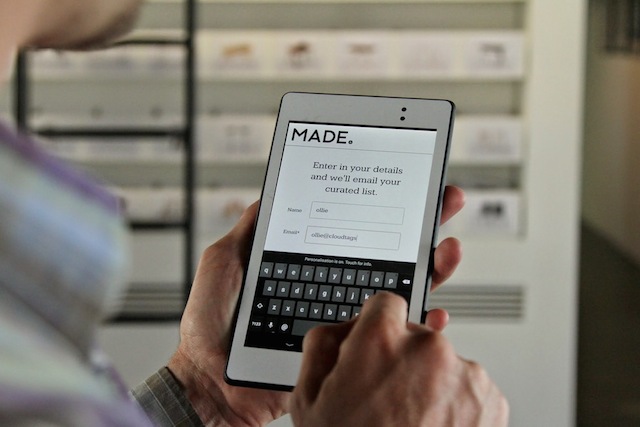
It reminds me of a lot of online marketing experts, who say you should gear your site to capture leads rather than trying to sell to first time visitors.
Exactly. A lot of big ticket websites know they won’t sell to customers on their first visit – they prioritise capturing an email address rather than selling. They then communicate with the customer and build trust so the customer buys later on.
Generally, the bigger the purchase, the more you have to interact with a customer before they buy. You won’t sell something the first time the customer learns you exist.
Our systems enable stores to become more like that – to start a relationship rather than solely trying to sell on their first visit.
Is a customer goes into a store, looks around and then leaves, there’s little value in that. But if they come in, look around, give their email address and then leave, the brand has a new lead.
In a similar way, I take it you’re giving retailers the types of insights that websites have had for years, but about what’s going on in store.
We can help retailers understand how many people are going into their stores, and how many of those buy. We can also start to understand the value of all the customers who walked into a store and didn’t buy. If a brand could take even 10% of those people who walked out previously and make them more likely to buy, that would mean big things.
How do your systems let brands carry on interactions with customers?
Brands can re-engage the customer via personalised emails or display ads on the internet. The data the brand captured from the store visit helps identify which ad or email content the brand should serve the customer, making the interaction as cost-effective as possible.
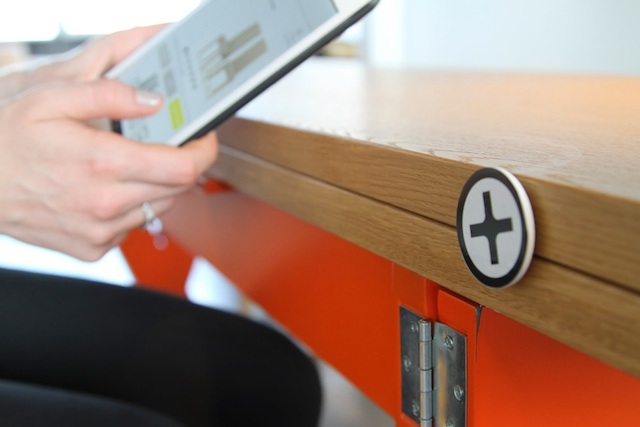
How successful are the emails that summarise what customers have seen in-store?
Because it’s a list that the customer has created, email open rates are around 60% and click-through rates around 50%. Customers open it because they’ve created something of value. It’s not a generic email – it’s the customer’s unique list of products. After that, we feed in recommendations based on the product that the customer has picked.
Currently the recommendations are pretty linear – we’re not providing recommendation based on implied intent.
Are there any other ways of enhancing a store experience with your tech?
Another way is to provide the sales associate with one of our devices. The sales associate can talk the customer through the store, and provide better information through the technology – perhaps giving tailored recommendations or more specific product information. They can then create a list of the items that most caught the customer’s eye that day and email it them.
There are customers who don’t want to interact with technology in the store, either on the store’s device or their own phone, but who would like to receive a digital curation of what they’ve looked at in-store.
You break away from the norm by providing the technology, rather than asking customers to use their own phones. What was the thinking behind that?
Three years ago, we had a lot of conversations with retailers where they said that everyone had a smartphone. We said, “Sure – how many have your app?” They said it was about 1%. So we said, “And what percentage of those use your app in the store?” Again, they said it was 1%. So 0.001% of their customers were using the app in the store.
People’s smartphones have different capabilities, such as whether they interact with NFC tags, and have them set up differently, such as whether their bluetooth is switched on or off. And there are a lot of different screen sizes. All of these variations mean things are very fragmented and make it hard to create one experience that’s consistently rewarding across devices.
Providing the device to customers is the simplest way of overcoming all these different standards at once and providing a consistent experience that is really worthwhile.
By providing the tablets to customers, we eliminate the barriers to entry and make it really easy for them to take part. There’s no need to make a customer pull out their phone, log on to the Wi-Fi, download an app, create an account, and so on and so on. Each step creates one more barrier to interaction and discourages people from using stores’ advanced systems.
Three quarters of people who go into the Made.com store in London pick up the tablets. And a significant number of them type in their email address. By providing the tablets, we’ve helped make the interaction level way higher, which makes the system much more valuable to the brand.
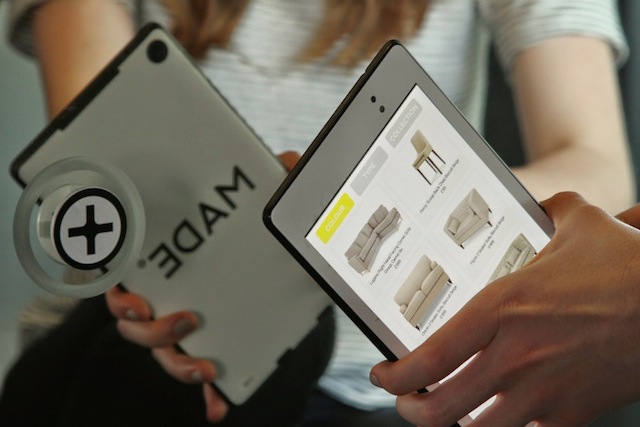
Further down the line, do you think people will provide their own tech?
Once customers have the same technology across their different devices, and they’re aware of the value that can be had to utilising their device in-store, then in most instances, customers would use their own device.
I say most instances because people won’t be so inclined to download an app to enhance the purchasing journey for something they might buy every seven years, like a sofa. But apps on your own device are much more relevant for more frequent shopping trips, things like visiting the grocery store. You know you’ll use that app a few times a week.
For some brands selling larger, more expensive items, it fits into their five-year plan to provide the customer with an in-store device. They don’t anticipate customers downloading a mobile app for something they’ll buy once.
Why do you say customers have to be aware of the value they’ll get from using their device in-store?
People use in-store tech when they’re aware of how it can enhance their in-store shopping experience. Currently, customers don’t often leave their NFC or bluetooth capability on. If they knew what it would enable them to do in store, such as accessing a really useful app, they’d leave it on.
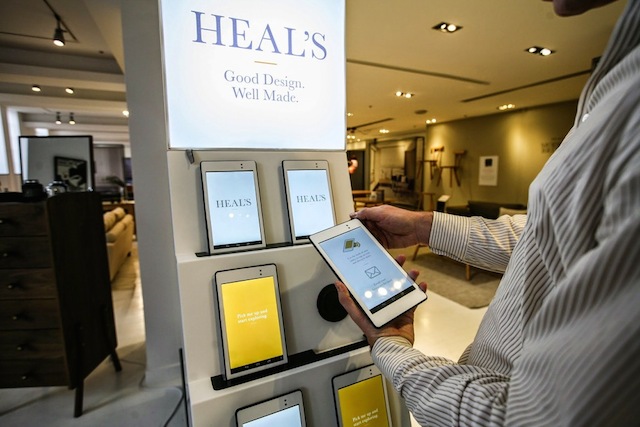
Do your tablets interact with any other tech in-store?
There are beacons in the Made.com store. They interact with the tablets but they’re not used to change the customer experience. They’re used to track where customers are going in the store and what they’re looking at. They’re not used to push offers and notifications to customers, which is good because that doesn’t really enhance the experience.
Again, because we provide the device, the device is set up in a way that means they can always be seen by the beacons. If people provided their own device, it’d be harder to get all that information.
I love how you’ve created a system that makes the interaction more rewarding, both for the customer and for the retailer.
We think it’s really important to create something that’s meaningful and valuable for both parties. It’s about a value exchange, providing value to both sides. The customer gets something of value without buying – they’ve got their digital curation, a document of what they liked in the store. It’s always an opt-in experience.
In exchange, the retailer gets an email address and some product-level intent. After this, the retailer can carry on a meaningful dialogue to get to the end result that both parties want. The retailer is trying to get a sale, and the customer is trying to buy a sofa.
Do you think your approach is different to other companies’?
A lot of companies that work with technology put the technology first, rather than the experience. They try to retrofit technology rather than thinking about the user – that’s a fundamental flaw.
We think about the customer experience first and then work out from that. We help retailers and agencies to put the customer experience at the heart of what they’re doing, rather than the technology.
Even if in-store tech focuses on experience, that’s great for the customer, but it doesn’t give the retailers a lot from their investment. The only benefit is customers leaving the store saying “That was cool.”
Our systems show who the customer is and what they looked at. So it gives the customer a better experience as well as providing value to the brand. I have to say I believe our mindset is right.
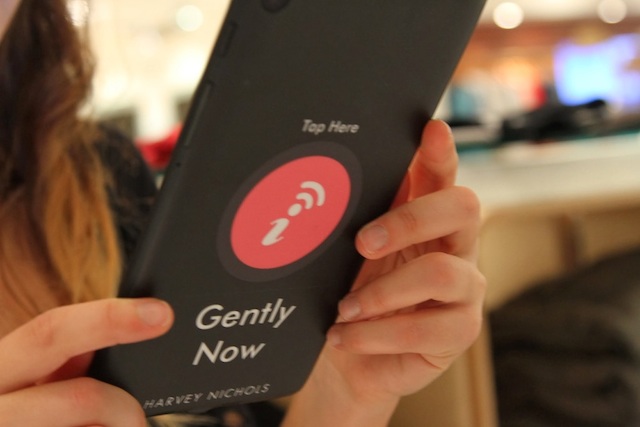
How do you help companies make the most of the data collected by your systems?
We’ve got a data team of five in Atlanta who bring all sorts of data sources together. They use it to give brands a much better idea of what’s happening in their store and work out what to do next. They don’t just use data provided by our systems – they combine the data gathered by our systems with data inputs from other devices and companies.
For instance, we can gather footfall information from footfall counters, Wi-Fi triangulation, whatever. We can call that in, then see how many people entered their email address into our tablets, and we can tell you the engagement rate.
We incorporate information about what the customer bought online. So we can show how much more a customer who used the tablet in-store ended up spending, versus someone who didn’t use the tablet.
The data team’s main role is to turn data gathered from the digital and physical environment into recommendations and personalised interactions. We’ve developed algorithms and decision engines that look at product interaction. It’s really interesting as it can establish implied intent.
What’s the difference between implicit and explicit intent?
Explicit intent is when a customer clearly shows interest in a product. If a customer goes into a store, picks up one of our devices and taps the tag on an item, they’re showing explicit intent.
Implicit intent is when the customer is interested in something, but they haven’t taken one of our pre-defined actions to show they’re interested. For example, they might go into a shop and sit on a particular sofa for one minute, and then another for ten minutes. If they’re holding one of our devices, and we’ve put beacons into the store, then we know that the customer holding the device preferred the second sofa. If they give the brand their email address, the brand can follow up with them afterwards in a much smarter and more personalised way.
A classic example of implied intent is in automotive sales. Most dealerships can see which customers have booked a test drive for its family saloon. If that dealership also has beacons, it can see which customers who come in to test drive the family saloon also spend a lot of time looking at the higher spec models that cost a lot more. This implied intent can be used to better inform the salespeople, so when that customer next walks in to the dealership, they can use that information to have a discussion about the more expensive car that they know the customer is really interested in.
Last question – which companies do you find the most innovative?
I know it’s a cliché, but I’ve always said Apple. The format of the store is really only made possible by the back end systems and their single ID. That’s what makes it really powerful.
They also avoid stacking their shelves with thousands of copies of the same product. Instead, it’s a showcase. There’s nothing worse than walking into a store that has twenty pairs of the same jeans in a huge stack. What’s the point? Put them on a mannequin and just show what it looks like. Apple managed to think beyond current store formats.
We also like the Pro-Direct store in London. They’ve nailed the experiential side of it, the look and feel and the interaction. They just haven’t done the data side of it. The guys in store told me they get a lot of the interaction from their Instagram feed – they could use that as a means of identifying customers.
Vend are cool – they’re more behind the scenes for the point of sale. They look at what happens after a customer concludes a sale – they track how sales teams and stores are performing. It really helps boost store insights.
All images courtesy of CloudTags
Related Articles
Below are other articles from our blog that cover similar topics:


